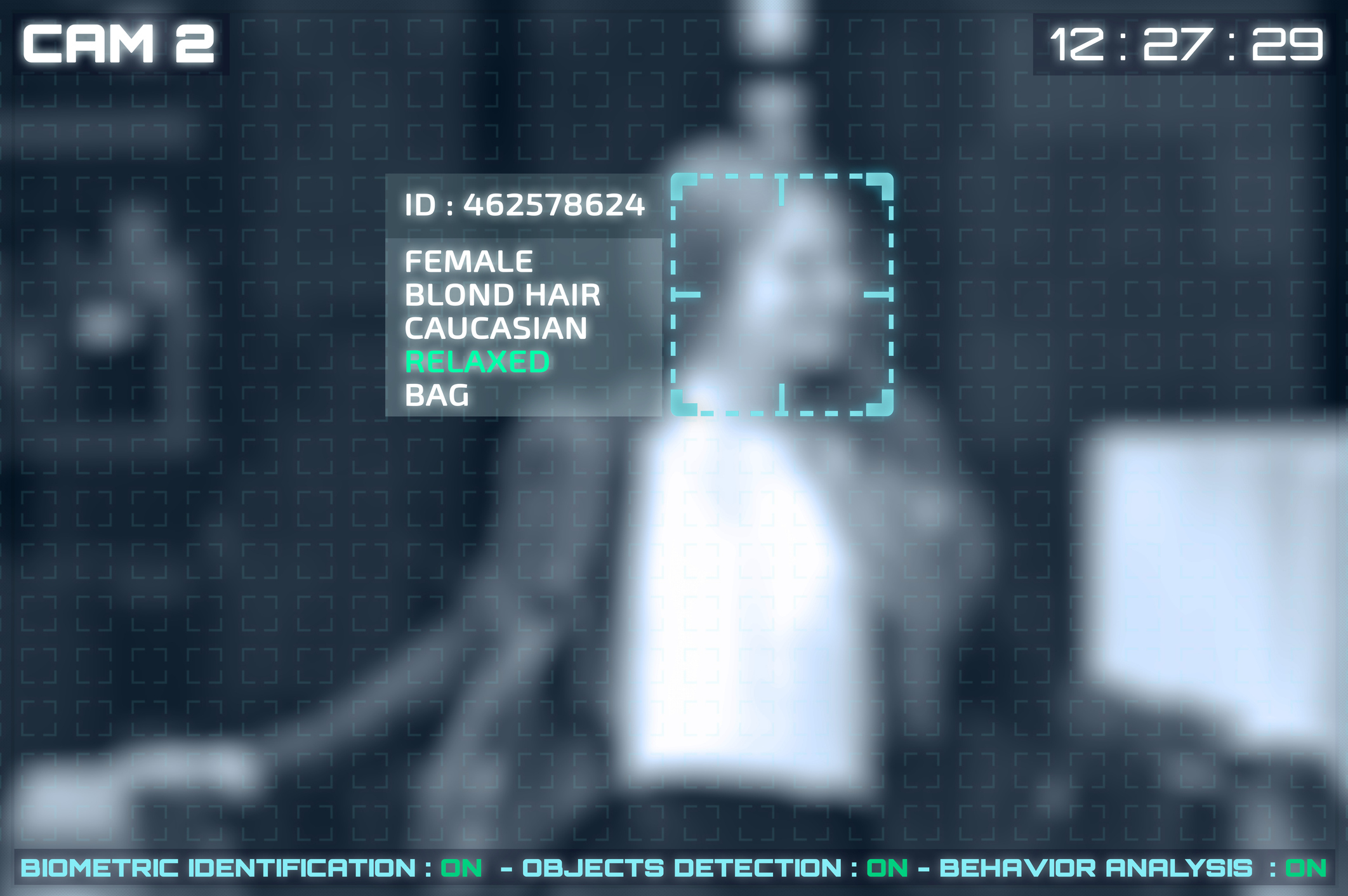
How Behavior Analytics is Shaping the Present and Future of Businesses Security
You’ve probably heard of behavioral analytics. It’s everywhere these days, shaping our world and dramatically influencing the relationships between businesses and their customers.
It’s also impacting business security by opening new pathways for improved efficiency and better protection. The Bulletin spoke to an expert on video security—Bay Alarm’s own Chief Technology Officer Andrew Conrad—to find out how behavioral analytics is helping protect businesses today and what the future holds.
But first, what is behavioral analytics?
Behavioral analytics is the process of collecting large amounts of raw data and using that data to predict how people will make decisions. These predictions help businesses provide a better customer experience, make better business decisions, and drive sales.
For example, the ads you see when scrolling through your phone or computer are driven by behavioral analytics. They target you with items you may be interested in based on your previous preferences and actions. So feel free to blame behavioral analytics for that time you purchased those shoes you didn’t need or that miracle coffee that tastes like mud.
Behavioral analytics and video security
So businesses are using behavioral analytics to drive sales and predict trends. But what about video security?
Andrew Conrad says, “Security behavioral analysis focuses on taking identifiers such as objects, which could be humans, vehicles, or animals, and combining those objects with action patterns like loitering, site visit frequency, or other physical activities. The goal is to determine the likelihood of a security event so you can have a tool in place to alert, deter, prevent, or respond to the action.”
In its simplest form, behavioral analytics can help identify abnormal patterns that may signal a security risk.
According to Conrad, identifying activity is the most common use today. “Simply knowing someone is within a protected zone during an off-limits schedule remains the standard for protecting businesses after hours.” Identifying that a person is in an area where and when they shouldn’t be classifies as a “standard identification.”
How is behavioral analytics improving business security?
Breakthroughs in technology make it possible for security systems to recognize objects that don’t belong while also identifying inconsistent patterns. Combining these insights results in multiple layers of analysis—or what Conrad calls “complex identifications.”
“An example would be first identifying that a person is present, then layering more analysis to refine the understanding of the behavior. This may include determining if a large group has formed with that person, if there is a specific individual within that group, if there are certain colors or patterns present, or if bags or backpacks are being carried. Combining these characteristics can help us better identify threats.”
The next level is focusing on behavioral patterns. As Conrad explains it, “Simply put, we now know we have a specific person in a protected zone and that they remained there for an extended amount of time, which shows a behavioral pattern of interest. Factoring in any additional behaviors and reviewing them against previous outcomes can tell us that a specific scenario is likely to occur.”
This is behavioral analytics in action: sifting through loads of data to find useful patterns that may signal a specific outcome. But the analysis is happening on many levels all at once. Conrad explains, “Deeper layering is constantly being enhanced: facial sentiment, body motion, threat activity towards other individuals, all of which can be layered to refine the possibility of an outcome.”
If this all sounds like a lot, that’s because it is. Behavioral analytics and its impact on business security is expanding as standard identifications give way to more complex identifications.
That means more and more data points are being simultaneously analyzed, including colors, sounds, movements, faces, behaviors, and more. The end result is video security technology that can observe and react like never before.
What the near future of behavioral analytics looks like
Conrad says, “The more data we collect, the greater the complexity of the detection algorithms. This combined with a better understanding of predicted outcomes will create more accurate machine learning environments that will ultimately lead to better behavior predictions and better security.”
The growth of machine learning can eventually lead to security devices that can prioritize—on their own—what to look and listen for.
Conrad goes on to say, “Just like PC processors evolve, look for faster chipsets, more on-device storage, and faster connectivity to enable more complex options in the coming years. Expect a lot of change in the capabilities of analytic ecosystems over the next five years.”

